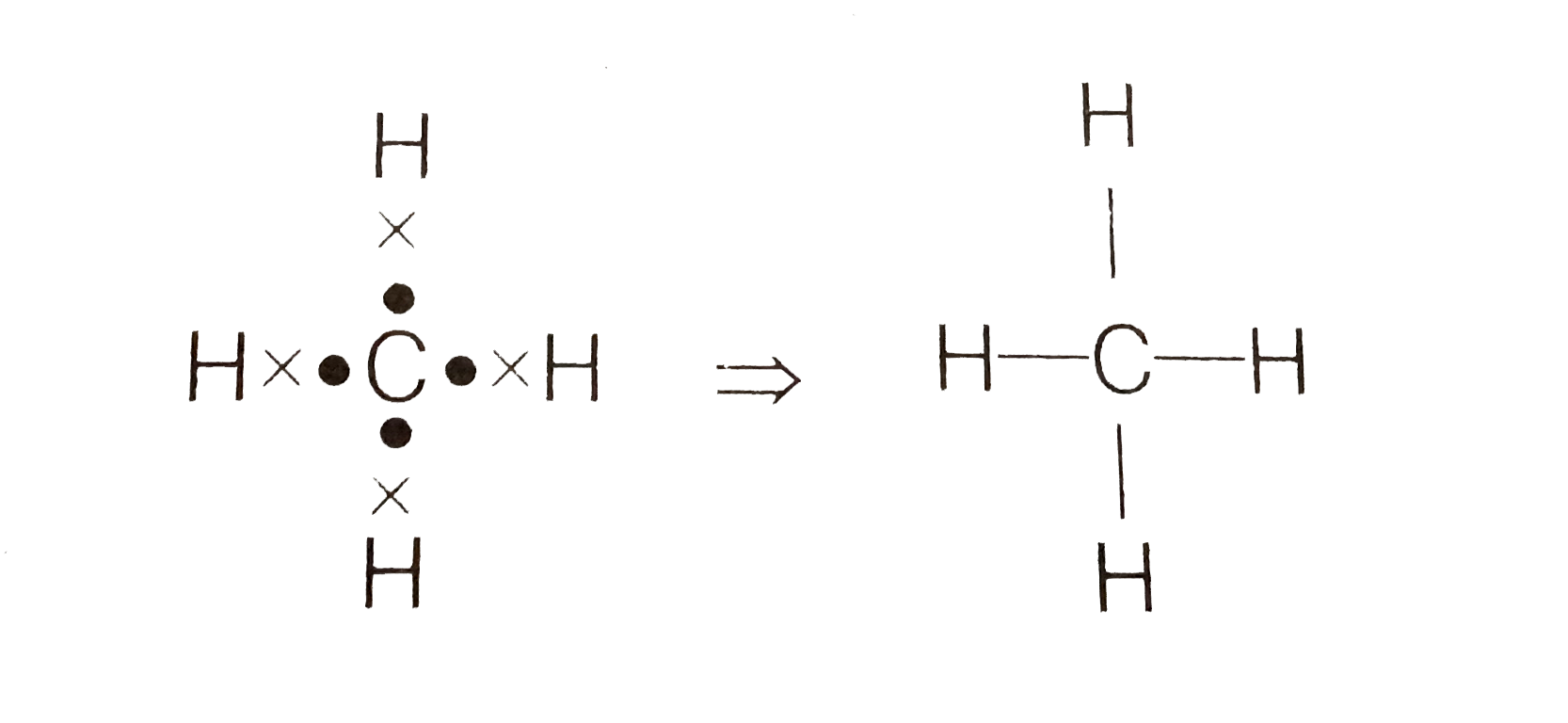Carbon forms four covalent bonds by sharing its four valence electrons with four univalent atoms, e.g., hydrogen. After the formation of four bonds, carbon attains the electronic configuration of
A
helium
B
neon
C
argon
D
krypton
Video Solution
Text Solution
The correct Answer is:B
Electronic configuration of carbon (C ) = 2, 4 when it forms four covalent bonds by sharing its four valence electrons with hydrogen, it forms CH4 molecule like this

Now, electronic configuration of C in CH4 =2, 8
Atomic number of Ne is 10. Its electronic configuration is K2, L8
Theresore, after the formation of four bonds, carbon attains the electronic configuration of neon.
|
Updated on:21/07/2023
Topper's Solved these Questions
Similar Questions
Knowledge Check
- Question 1 - Select One
A covalent bond results from the sharing of electrons between two atoms of
Ametallic elementsBnonmetallic elementsCmetalloid elementsDzero or relatively small electronegativity difference - Question 2 - Select One
For the valency electron in copper, the four quantum numbers are
An=4l=0m=0s=+1/2Bn=4l=2m+2=−1/2Cn=4l=−2m=2s=+12Dn=4l=2m=0s=+12 - Question 3 - Select One
Which atom can have more than eight valence electrons when it is forming covalent bonds ?
AHBNCFDCl
Carbon and silicon both have four valence electrons each. How then are they distinguished ?
View SolutionSharing of three electron pairs between two atoms results in the formation of a ______ bond.
View SolutionDiamond is hard because all the four valence electrons are bonded to four carbon atoms by comvlent bonds .
View SolutionWhich atom can have more than eight valence electrons when it is forming covalent bonds ?
View SolutionThe four quantum number of the valence electron of potassium are.
View Solution

